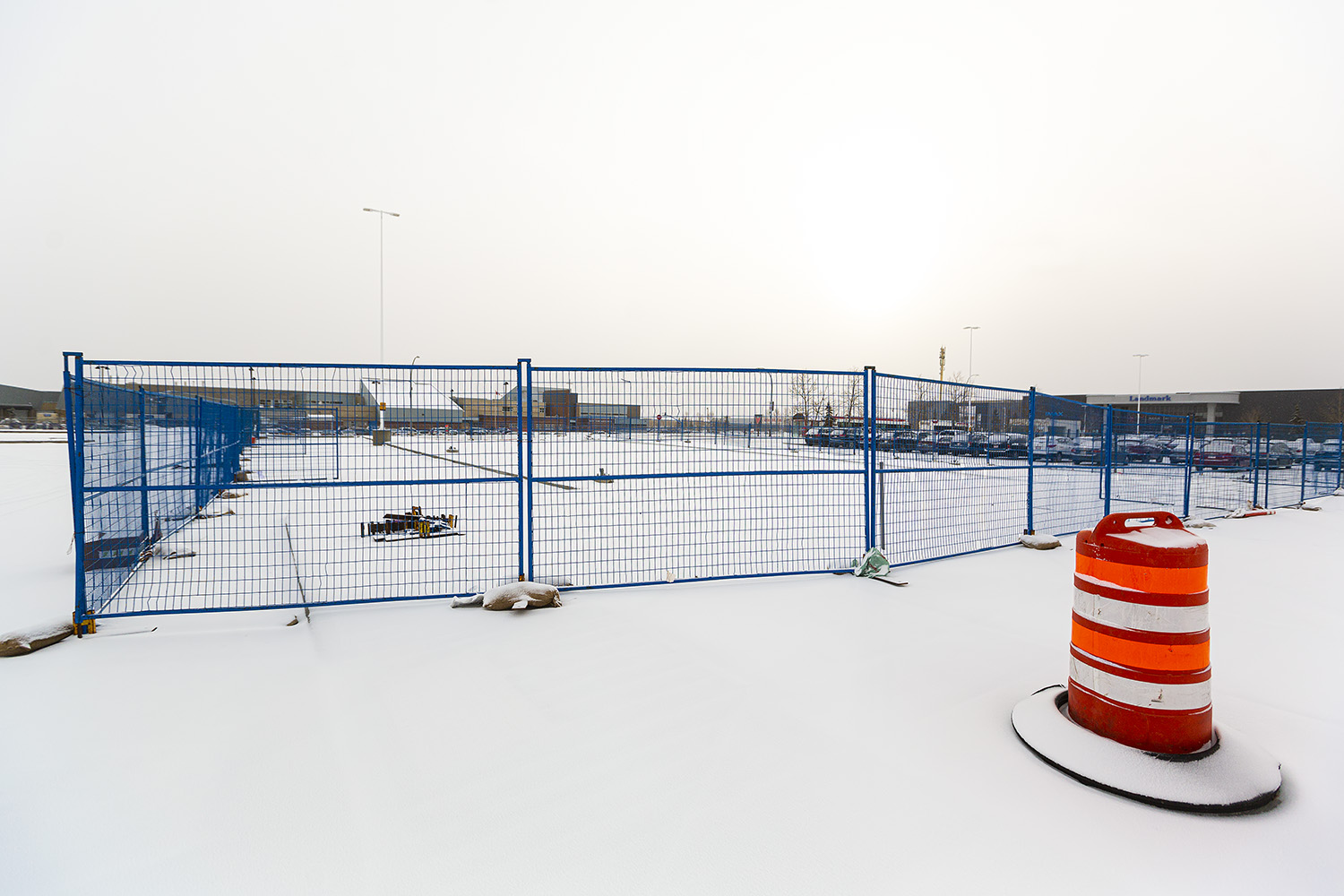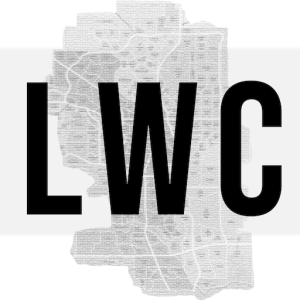darwink
Senior Member
The big thing right now with being anti-spur is that the entire system is already interlined and until very recently, capacity constrained. Build the Red Line Tunnel, and you can spur.
Thanks for the explanation, that makes a lot of sense - not to mention the resiliency benefits of splitting the network into two so one line no longer impacts the other if delayed (plus being underground, there's less likelihood of delays on the red line in the first place). Do you know the practical capacity of 7th Avenue today?If there was a spur to MRU, the headways (on both west lines) would be 12 minutes peak, 22 minutes midday and 30 minutes evening/weekend right now. Instead of giving somebody something, it would give everybody nothing. If we were in a position to have really high frequencies (including Stephen Ave Subway), then spurs start to make sense; that's where spurs in other cities make sense -- on routes that have sub-5 minute headways in the offpeaks, then sure, serve two corridors. If this city becomes a transit-focused city, then there are two to four spur lines that make sense, and an MRU line is probably among them.
I agree that "TOD Potential" is a pretty bogus and easily gamed measure. However, the ridership projections were pretty accurate IIRC; a MRU alignment with 2/3 the ridership for more money is hard to think of as a winner. Yes, there were unexpected costs on the existing alignment, but there's no reason to assume that there couldn't have been different unexpected costs on a different alignment. And note that the added costs shown are for changing to the alternative alignments; it's not $560 million, plus $180 to add a spur to MRU. It's $740 million to build a line to Westbrook that then turns south to MRU (and has 25K instead of 40K ridership). Building both the existing line and a spur would have been something like $1100 million (and perhaps 50K ridership, assuming high operating frequencies).
I guess I am thinking about it the other way. If a spur existed to MRU, the only loss is frequency for the 69 Street spur. Everyone heading to locations Westbrook to Saddletowne doesn't see their service quality change. So the trade-off (apart from construction cost) is more wait time for 69 Street commuters, but to the benefit of a direct, higher-quality MRU connection for most commuters heading there. It's a suits v. students situation.The big thing right now with being anti-spur is that the entire system is already interlined and until very recently, capacity constrained. Build the Red Line Tunnel, and you can spur.
Except not. The analysis at the time iirc was that for travellers in much of the city, focusing MRU access on the LRT would increase travel times, not decrease them, and as a result, not enable operational cost savings. Hence Max Teal and Max Yellow and the 20. It isn't that LRT service to MRU would be a bad thing, but that it isn't the unalloyed good that it is sometimes perceived to be. Especially given the potential access routes, which each would have serious drawbacks.but to the benefit of a direct, higher-quality MRU connection for most commuters heading there
Wow ... 80 storie towers in Richmond Hill? That is like putting 80 stories in Airdrie.There's a lot of discussion about TODs on the forum, and Calgary's utter failure to establish decent TODs. Interesting TOC proposals in Markham and Richmond Hill, Ontario. Will be fascinating to see how these TOCs turn out 10, 20, 30 years from now.
Toronto's hyper-TODs are wild. But their property market is wild too.There's a lot of discussion about TODs on the forum, and Calgary's utter failure to establish decent TODs. Interesting TOC proposals in Markham and Richmond Hill, Ontario. Will be fascinating to see how these TOCs turn out 10, 20, 30 years from now.
Agreed. We'd be much further ahead as a city if we took all the boring 3-4 storey walkup apartments we have built throughout the city since the 1970s and just shoved them together with a strong pedestrians network right at the train stations than land-banking forever for tower that don't actually happen.Toronto's TODs are hyper crazy, and add great density, but to be honest, I would prefer Calgary's TODs to look like Sunnyside. In the end we'll end up with with some sort of hybrid, with some retail and a few high-rises nearby (like Brentwood and Dalhousie)
Every-time I go past it annoys me to no end to see Staples and Home Depot sitting between Chinook Centre and the LRT station. It's such a lost opportunity.

 livewirecalgary.com
livewirecalgary.com
I'd love for something like this to link the blue and red lines. I commute from the NW to the SW and it is already bad enough in car, but to take transit takes me about an hour and a half... So I could see something like having some utility, especially if the hypothetical gondola never happensOne part of the city where transit really sucks is getting from the SW Calgary neighborhoods by Sarcee to UofC / Foothills / etc. The talk about "completing the grid" made me think about how we could widen Edworthy Street somewhat (tho still keep it moving at a relatively slow speed) and add some bus infrastructure for a new BRT route from the SW to the NW.
The University of Calgary and Foothills would give the route strong ridership anchors. As for the portion in the SW, it could be an extension of the Max Teal, or originate from somewhere else (maybe MRU -> Grey Eagle -> Westhills -> Optimist -> Sirocco -> Edworthy)
View attachment 385507
Thoughts?
One part of the city where transit really sucks is getting from the SW Calgary neighborhoods by Sarcee to UofC / Foothills / etc. The talk about "completing the grid" made me think about how we could widen Edworthy Street somewhat (tho still keep it moving at a relatively slow speed) and add some bus infrastructure for a new BRT route from the SW to the NW.
The University of Calgary and Foothills would give the route strong ridership anchors. As for the portion in the SW, it could be an extension of the Max Teal, or originate from somewhere else (maybe MRU -> Grey Eagle -> Westhills -> Optimist -> Sirocco -> Edworthy)
View attachment 385507
Thoughts?
I highly doubt will see a transit only crossing through Edworthy Park. That area I feel has a lot of public support to make it more of a proper park/natural reserve if anything. Plus, you can likely get the same result from an alternative - and cheaper - option.I'd love for something like this to link the blue and red lines. I commute from the NW to the SW and it is already bad enough in car, but to take transit takes me about an hour and a half... So I could see something like having some utility, especially if the hypothetical gondola never happens




